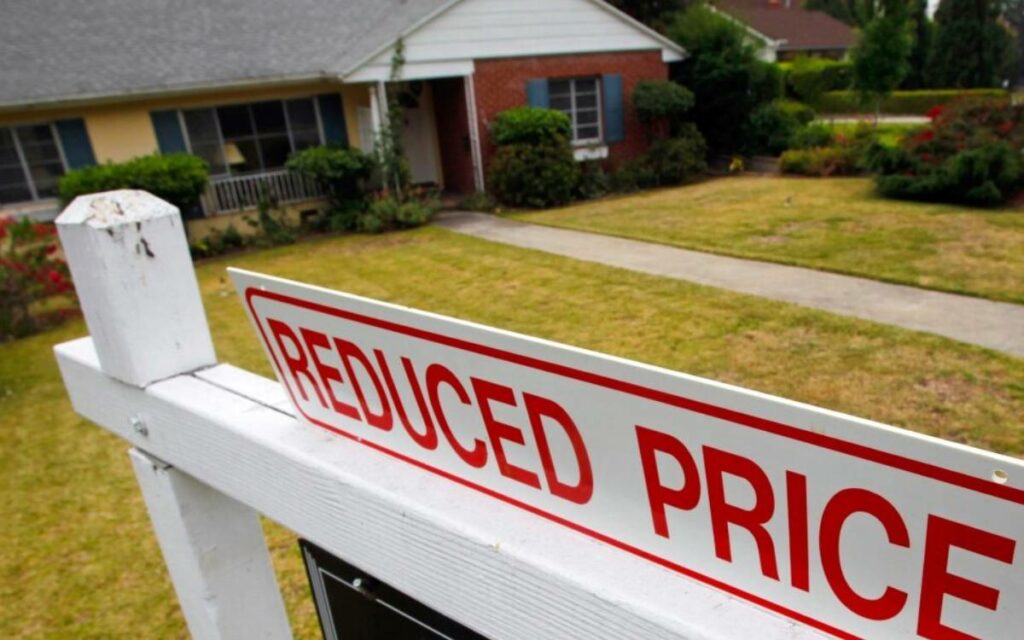
Last month was the fourth in a row the local Housing Price Index (HPI) benchmark decreased. Photo credit: AP/Reed Saxon
Interest rate hikes from the Bank of Canada, escalating inflation, and growing fears of an impending recession continue to cool what was once a red-hot housing market across much of the country over the last few years.
Monthly sales and prices continue to drop, while overall inventory and average time on the market for any given property continue to increase.
Locally, Niagara prices fell on a month-over-month basis for the fourth time in a row in July, after several successive increases dating back to July 2021.
Between June and July 2022, the local Housing Price Index (HPI) composite benchmark dipped by 4.9 per cent, going from $753,200 to $716,500. The month prior, the HPI fell by 4.7 per cent.
From Pelham to Port Colborne, every municipality in the Niagara Association of Realtors (NAR) service area experienced a price drop last month.
“The market in the Niagara region continues to trend towards a buyer’s market,” commented NAR president Jim Brown last week. “Average prices have dropped again in July and inventory continues to increase giving buyer’s more choices.”
In St. Catharines, the HPI benchmark fell 5.7 per cent down to $643,400.
In Niagara Falls, prices dropped 5.2 per cent from $752,800 in June to $713,900 in July, emulating the region at large.
Niagara’s most affordable market, Welland, saw a 4.2 per cent month-over-month price decrease, with its HPI price dropping to $577,900, after experiencing a 7.2 per cent fall the month prior.
Niagara’s least affordable place to purchase property, Niagara-on-the-Lake, saw its HPI fall by just 3.8 per cent down to $1,219,500, based on a mere dozen sales in July.
In all, only 369 residential properties exchanged hands in July, down 24 per cent from June. Exactly twice as many sales were registered the same month last year.
The average number of days on the market jumped an incredible 63 per cent, going from 19 in June to 31 days in July.
Calculated using a sophisticated statistical model that considers a home’s quantitative and qualitative features, HPI provides a more stable price indicator than average prices, as it tracks changes to ‘middle-of-the-range’ or ‘typical’ homes and excludes extreme high-end and low-end properties.
The HPI composite benchmark property for Niagara is currently a 1,276 square foot single detached home between 51 to 99 years old with three bedrooms, two bathrooms, forced air, natural gas and is on municipal sewers.
The Niagara Association of Realtors service area excludes Grimsby and certain parts of West Lincoln. Those locations are included in statistics provided by the Realtors Association of Hamilton-Burlington.




















